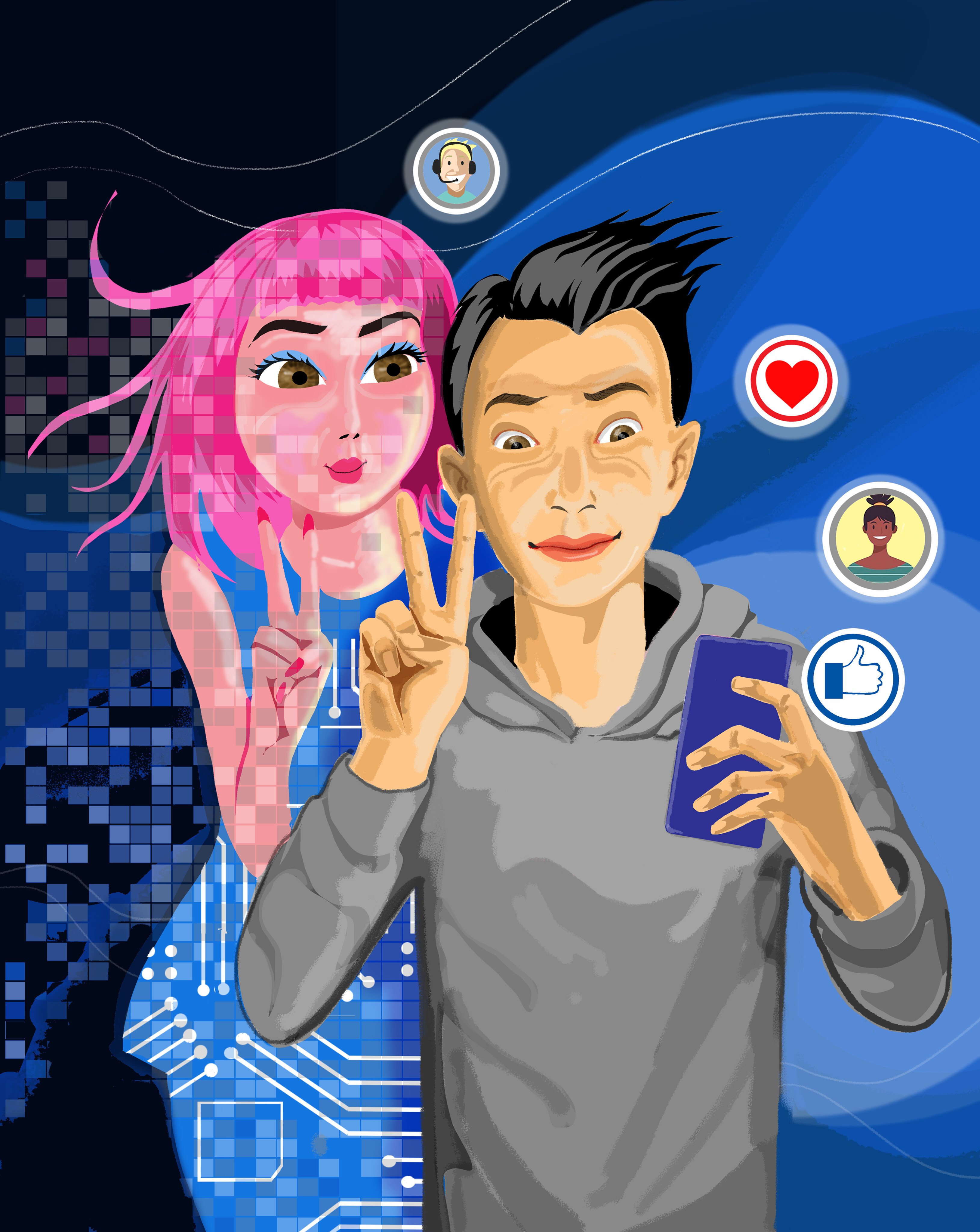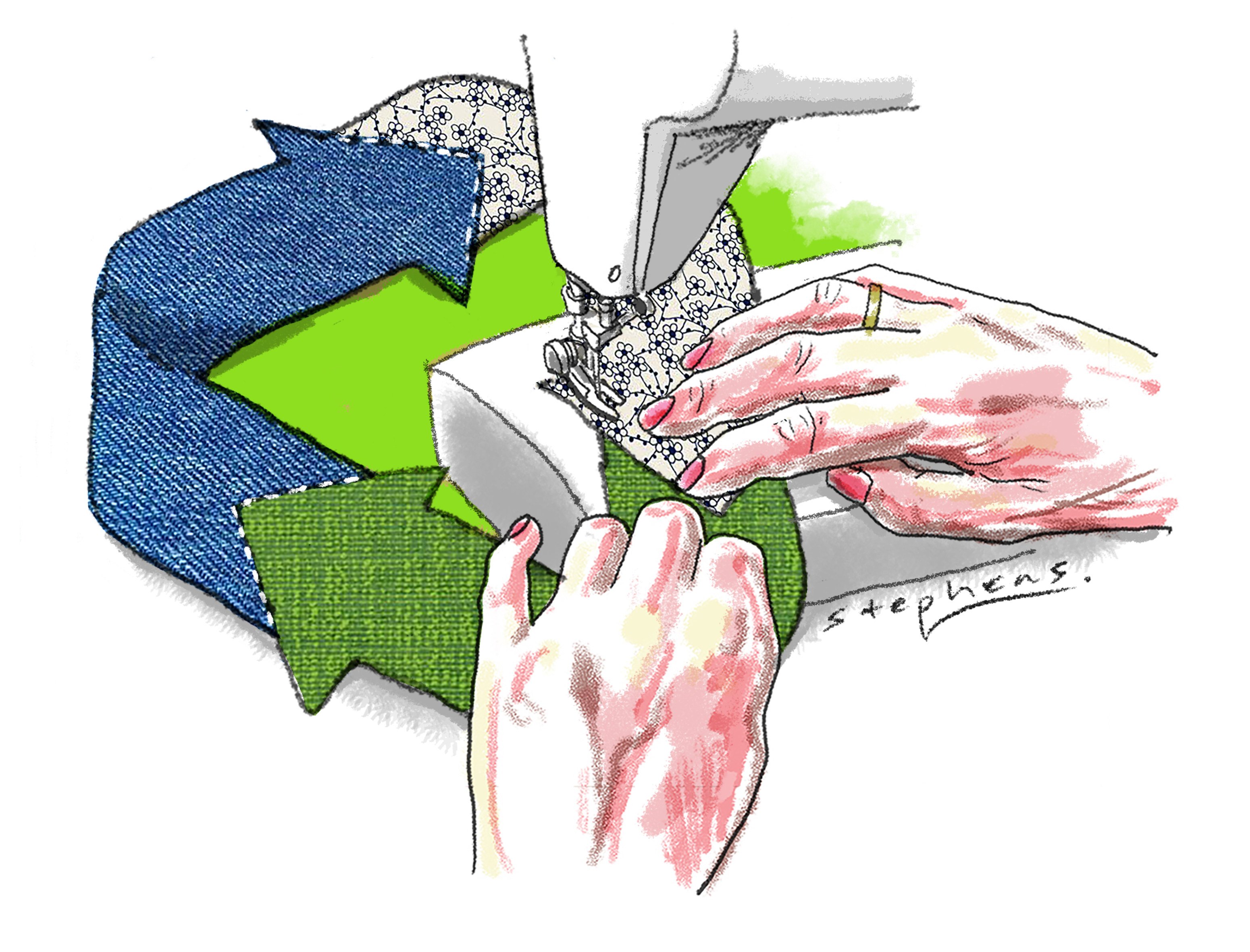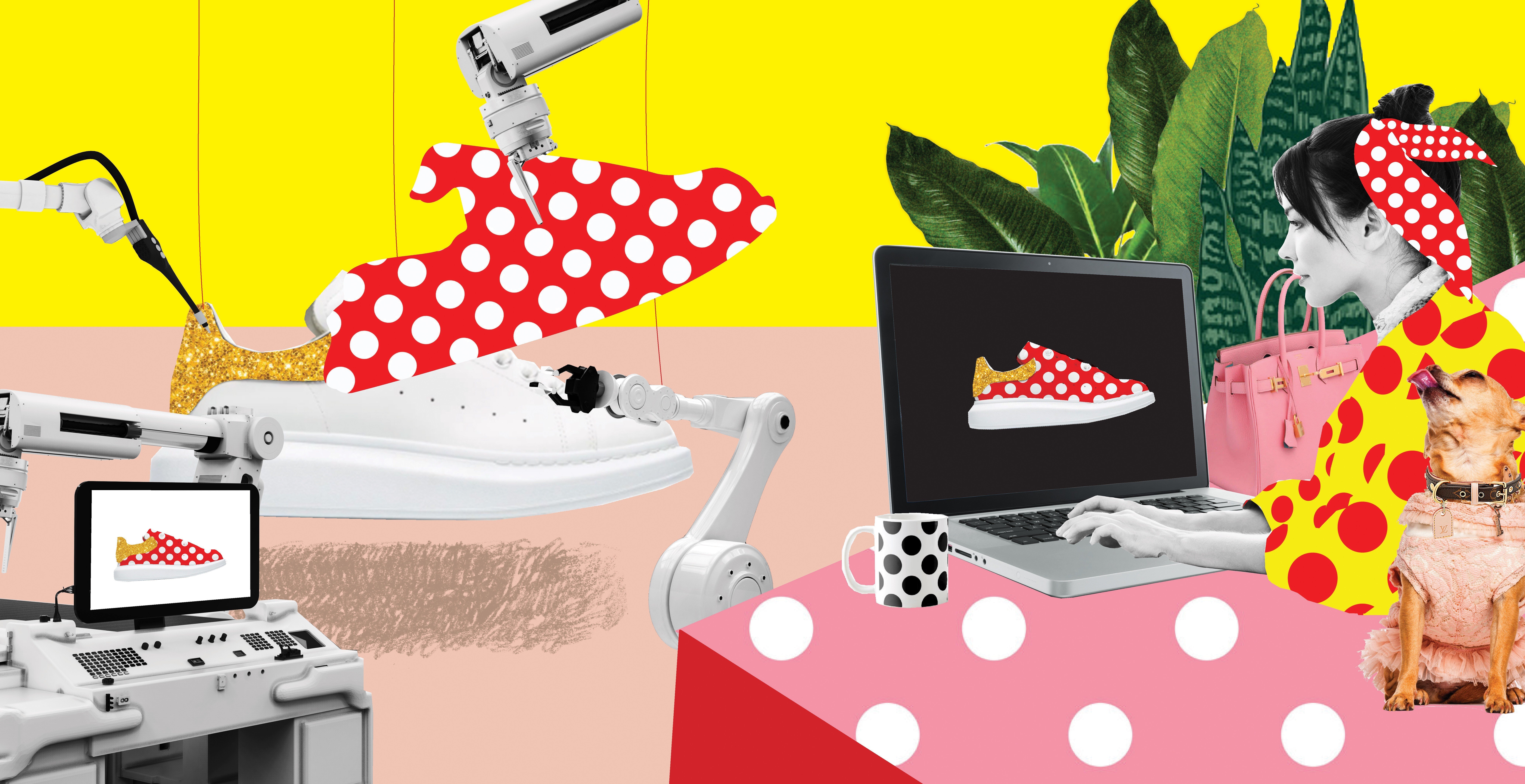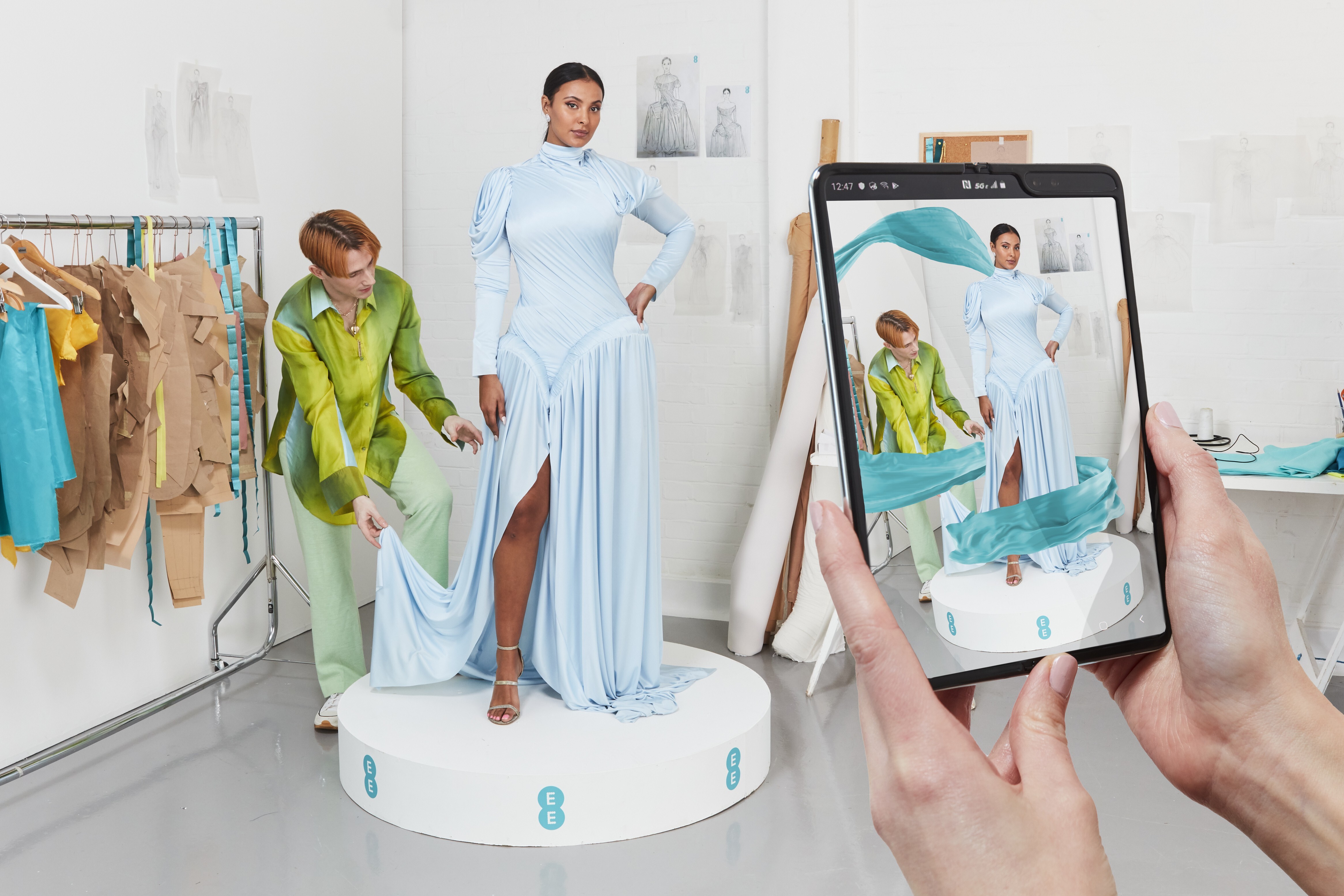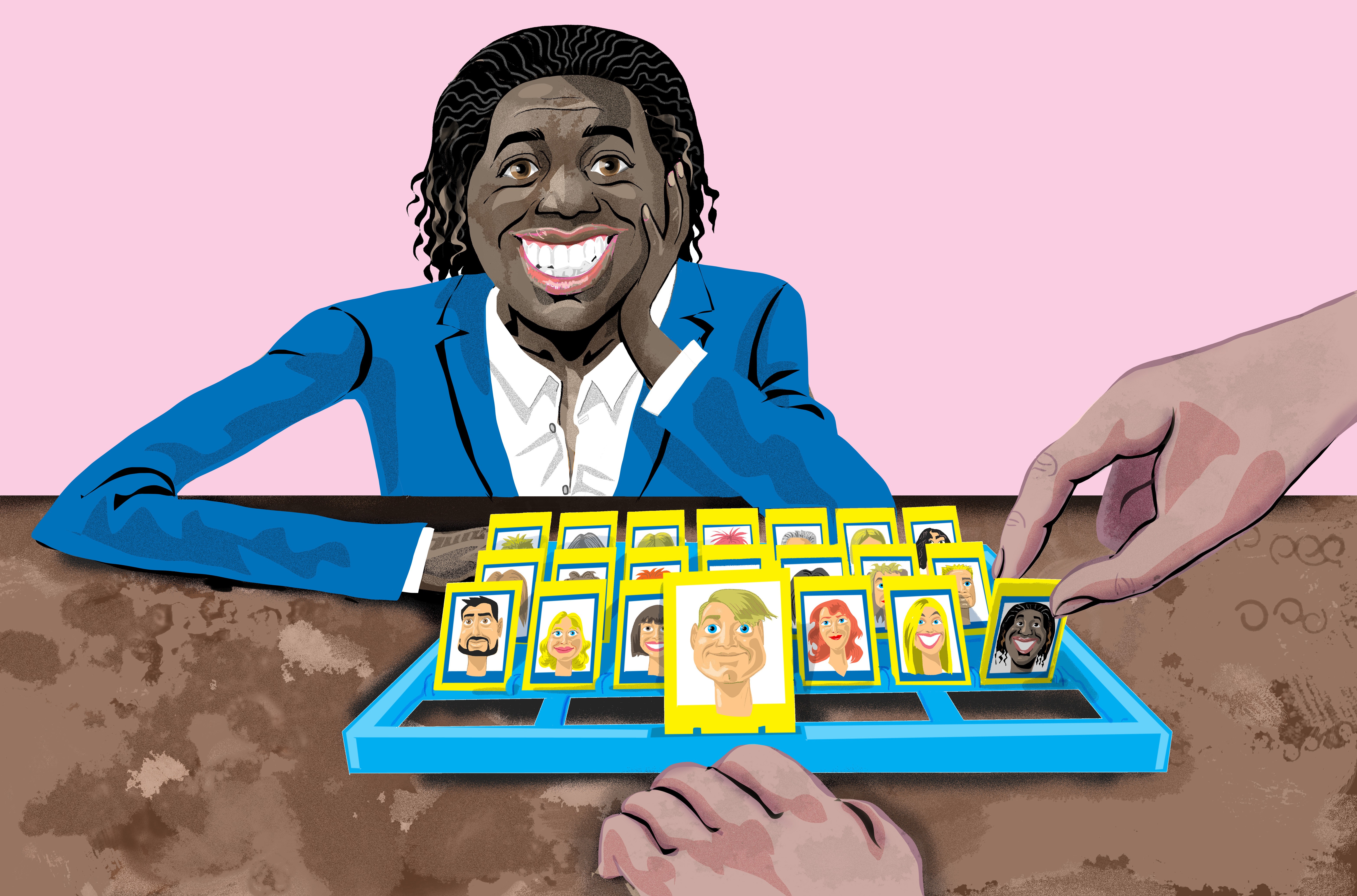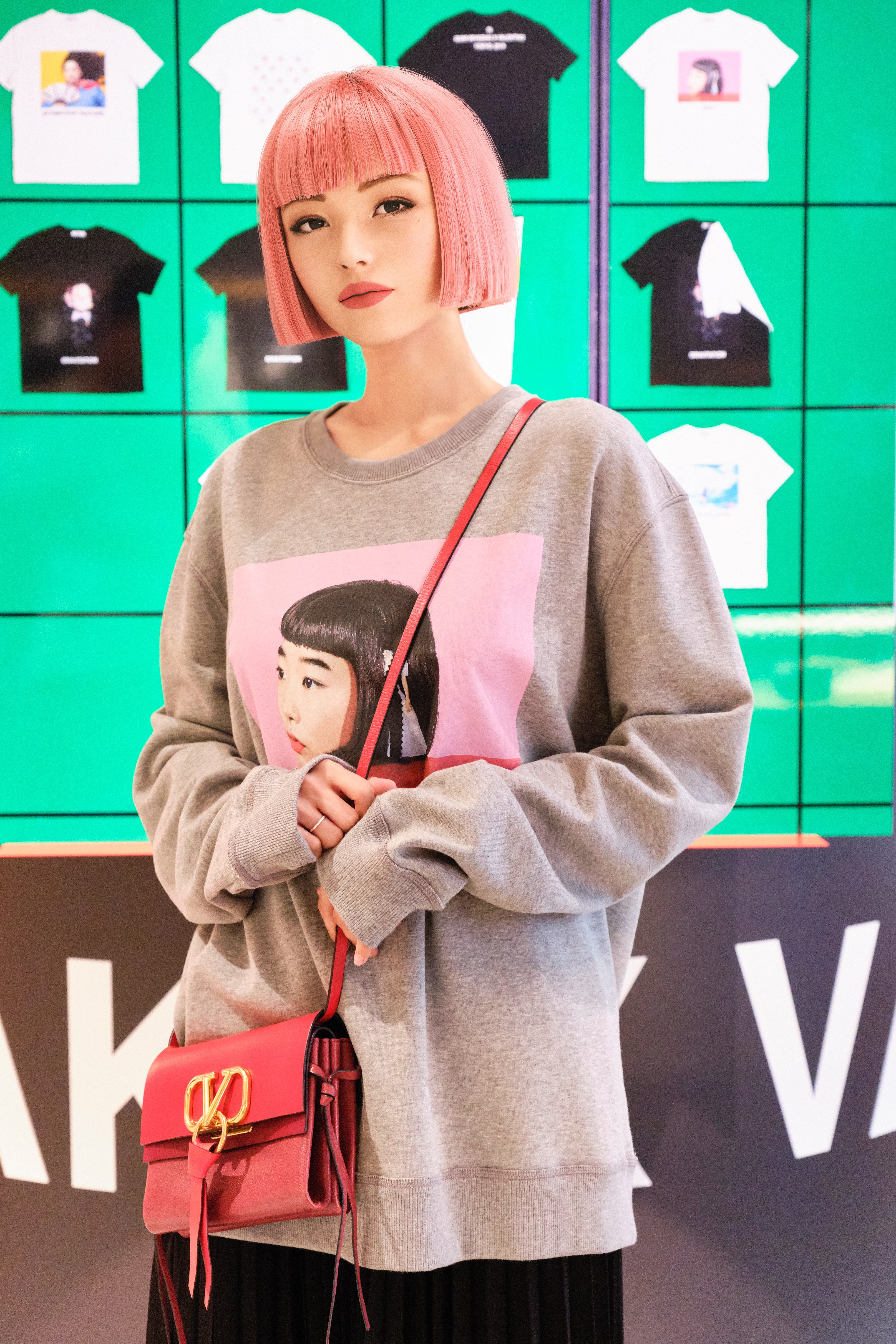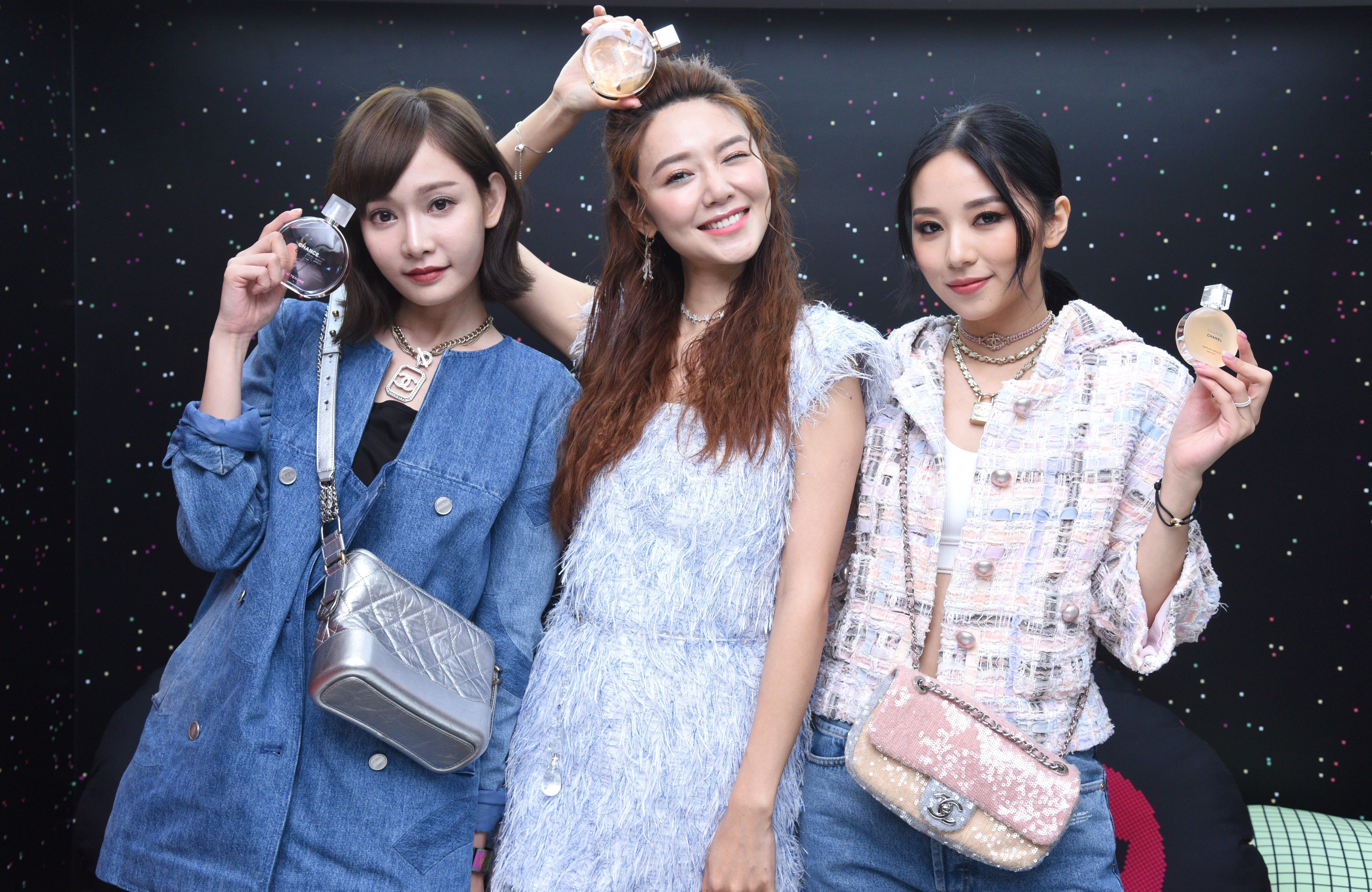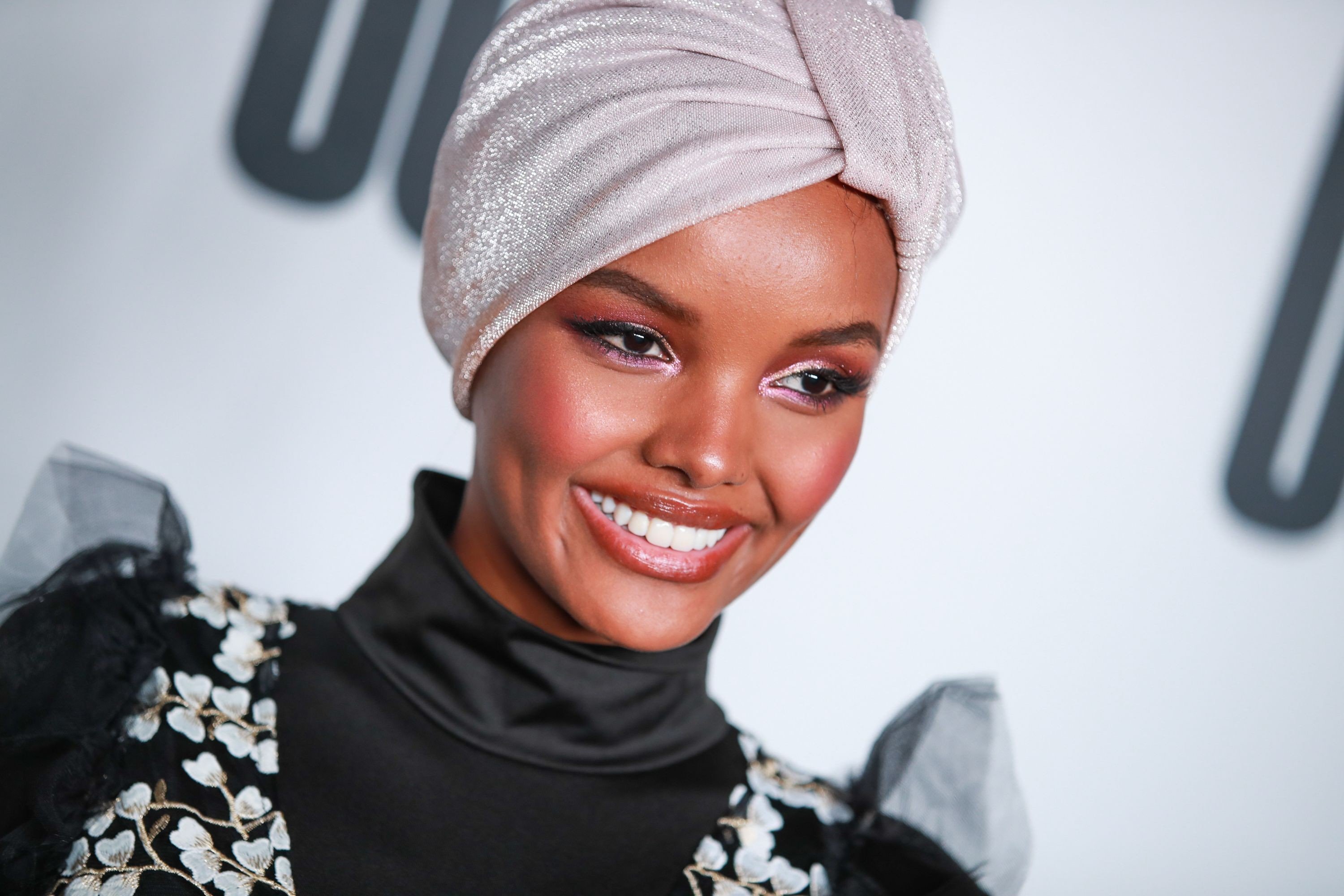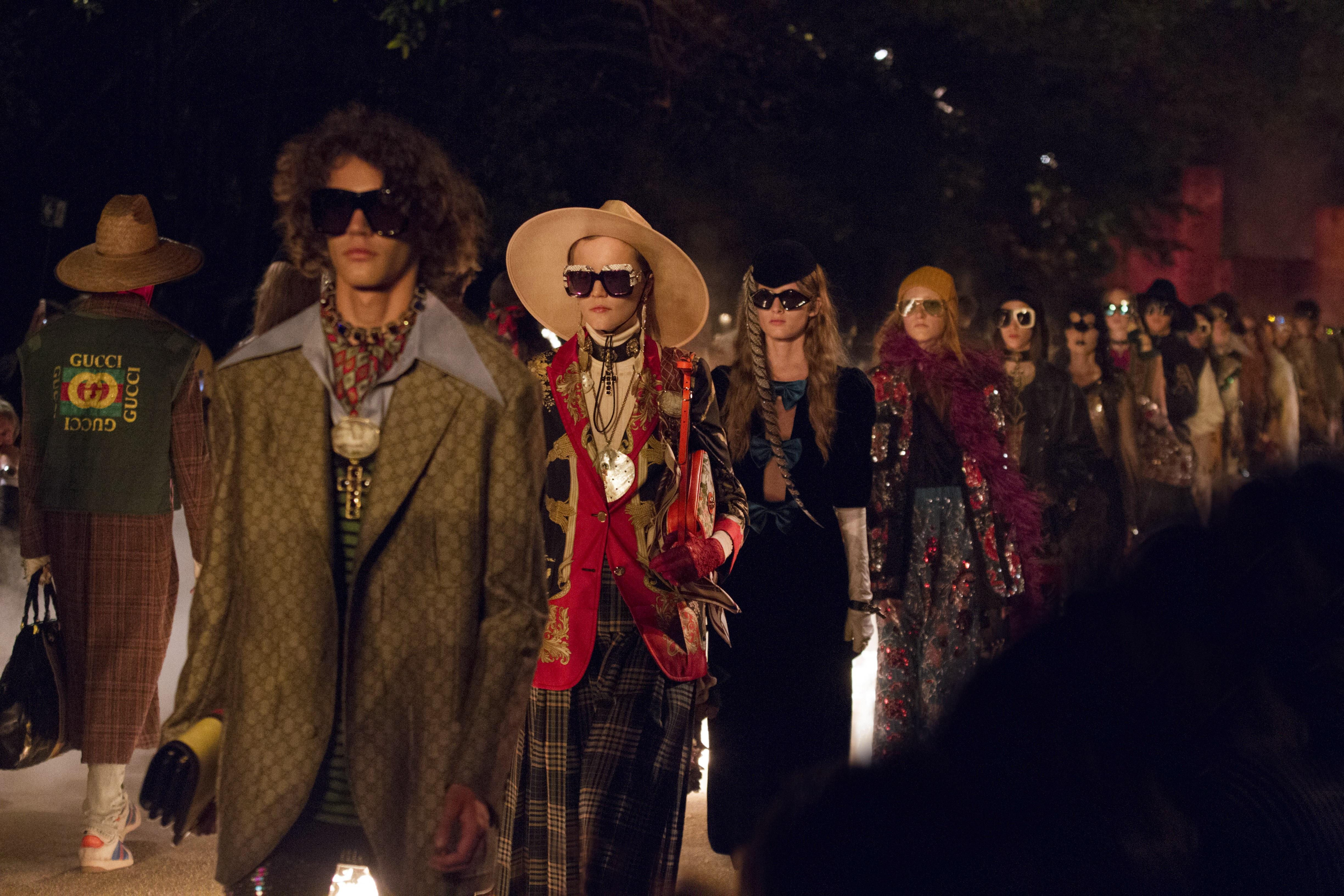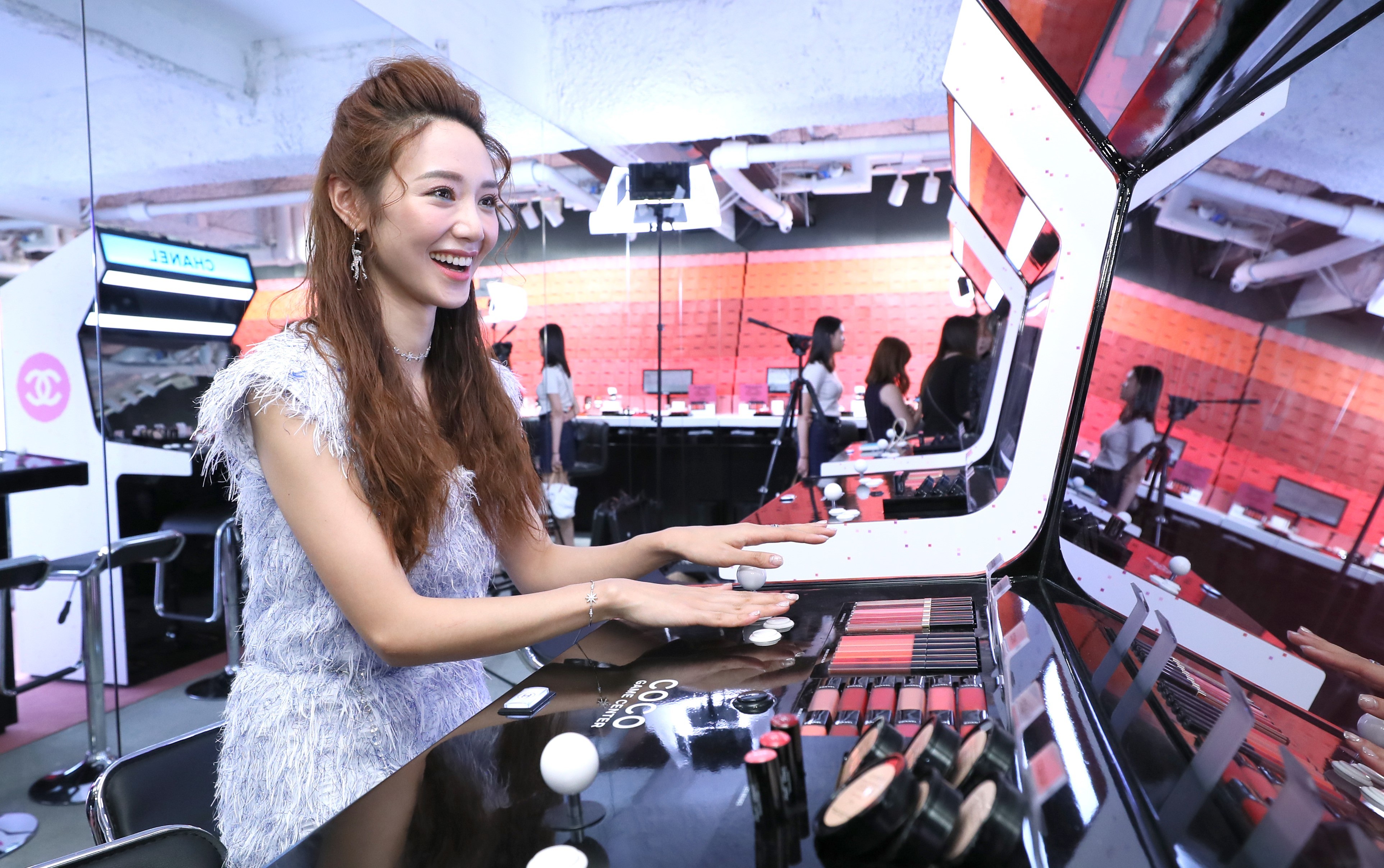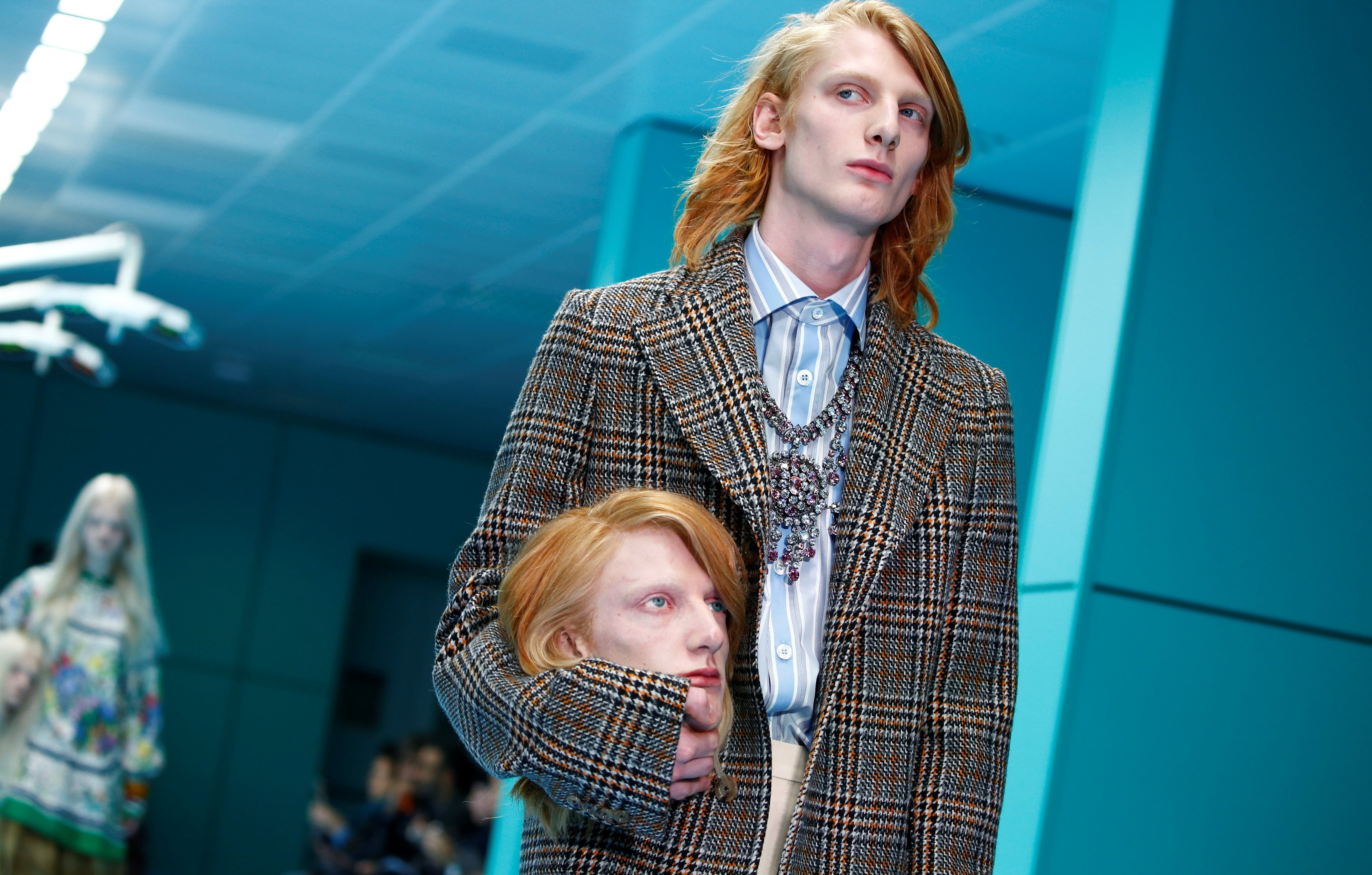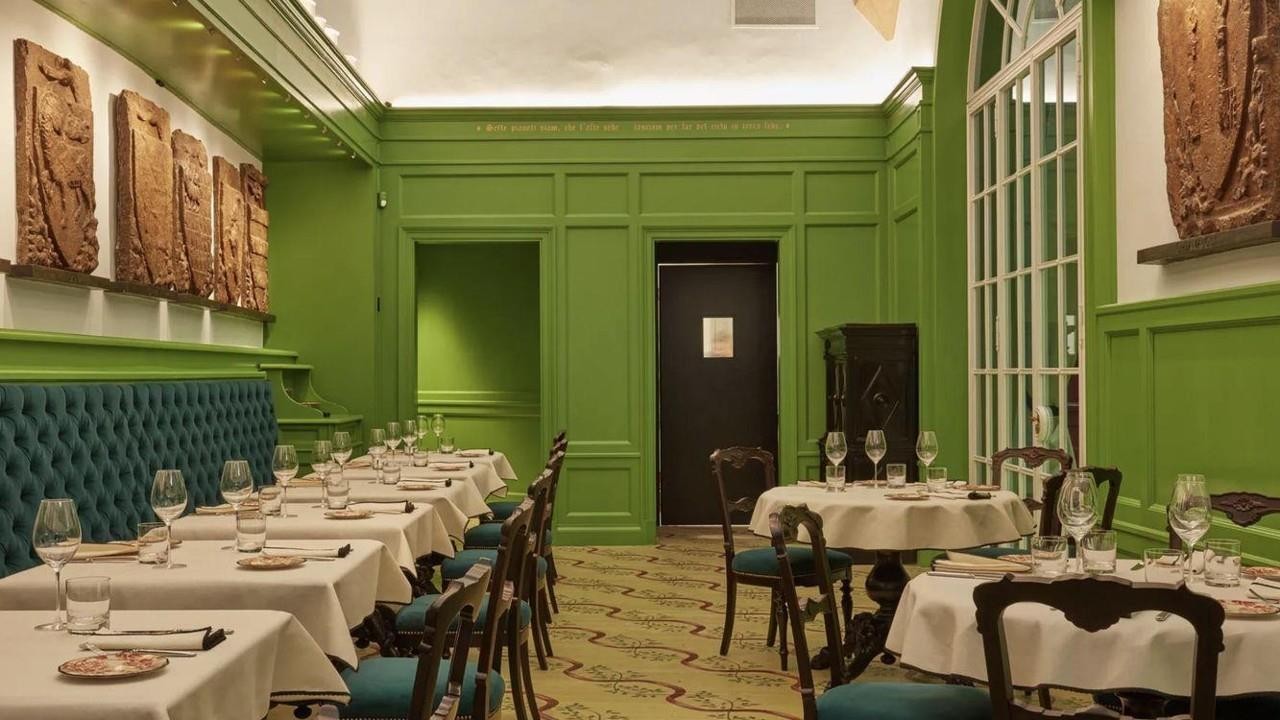Advertisement
Advertisement

Saisangeeth Daswani
Saisangeeth Daswani
Head of Advisory - Fashion, Beauty & APAC
Saisangeeth writes on behalf of STYLUS. She has experience translating future trends and applying them as business solutions in marketing, retail, product and design strategies. She has worked across fashion, luxury and branding in the US, Asia and Australia. Previously, Saisangeeth was a trend director at Stylesight and WGSN, working with leading international brands to inspire and inform their creative endeavours through seasonal and trend forecasts. Born in Hong Kong, she speaks Cantonese, Mandarin and French.
Saisangeeth Daswani
Head of Advisory - Fashion, Beauty & APAC
Saisangeeth writes on behalf of STYLUS. She has experience translating future trends and applying them as business solutions in marketing, retail, product and design strategies. She has worked across fashion, luxury and branding in the US, Asia and Australia. Previously, Saisangeeth was a trend director at Stylesight and WGSN, working with leading international brands to inspire and inform their creative endeavours through seasonal and trend forecasts. Born in Hong Kong, she speaks Cantonese, Mandarin and French.
Luxury brands are increasingly using digital avatars to reach China’s new generation of savvy digital natives – does this signal the end of the celebrity ambassador?
Excess is out, for the good of the planet, and a new, more thoughtful and more sustainable approach to fashion finally taking shape – can the notoriously excessive luxury industry truly change?
Elite Chinese consumers increasingly want to express their individualism through their purchases – and the luxury industry is working out how best to satisfy this evolving demand
Fashion houses and designers such as Louis Vuitton are thinking beyond physical looks to create new levels of interest using digital methods
Advertisement
